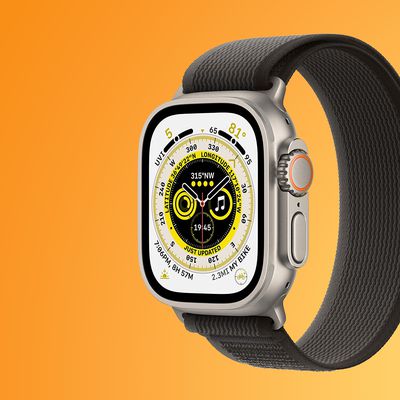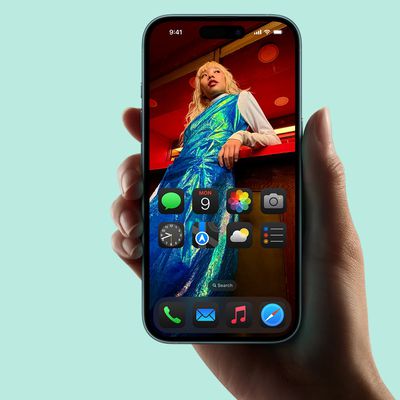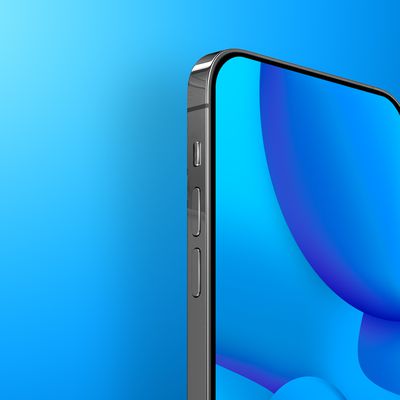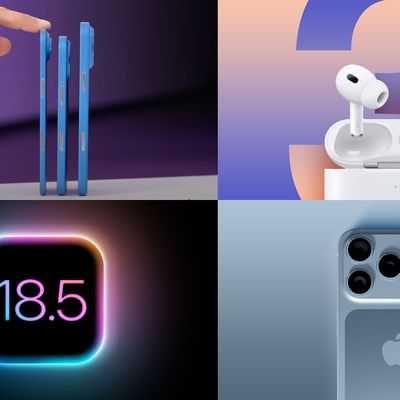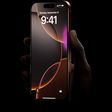The most-used 3D gfx board in my b&w G3 400 is my trusty old Voodoo2. Notably better than my Rage 128 (rev. a) for games, this board served me well when it lived in a PC and even better in my Mac, with 3Dfx's freely-available GLide and OpenGL extensions. Getting initial functionality with my Apple Studio Display 17" was another matter, however. Of late, I've gotten a number of e-mails asking me to extrapolate on a brief posting that I made a year and a half ago explaining how I got these two to function together in harmony. Let me explain what I did... Even though it is believed that the Apple Studio Display 17 is a "standard VGA-style" monitor, there is something afoot with regards to its signal detection. (Somewhere on Apple's site I recall, when the display was just announced, some little snippet of text that made the Studio Display 17 out to be a Mac-specific monitor...though I've used it on a PC before...anyway.) First, let me explain how the Voodoo2 board gets wired up in standard setup.
The Voodoo2 board is a 3D-only board, and as such it sits "in-line" between your 2D board and your monitor. Your 2D board and the Voodoo2 both occupy a PCI slot (each). The Voodoo2 comes with a very short VGA cable that, when connected, goes from the VGA-video-out port on your 2D board to the VGA-video-in port on the Voodoo2 (the Voodoo2 has two VGA ports: IN and OUT). Your monitor's cable then plugs into the Voodoo2's VGA-video-out port and that about sums it up. Except for the problem with the Studio Display 17"....
Somewhere in this process, a signal that must be generally considered unnecessary is "lost." This is evident when you turn everything on and even the 2D video (which normally passes through the Voodoo2 when it is not active) does not display on the Studio Display 17". I was able to use some tools of olde to remedy the situation, however.
You may recall, back in the day, that the Mac's RGB video connector was not VGA style, but a larger D-type connector. With an adapter that went from this large Mac-style connector to a standard VGA connector, you could buy a (less expensive) VGA monitor and use it on a Mac quite happily. Anyway, I had a number of these lying around that had come with video boards, monitors, etc. and with these I rigged up the following system, attached to the VGA-video-out connector on the Voodoo2:
Voodoo2 out --> VGA-to-Mac-style --> Mac-style-to-VGA --> monitor
Bascially two adapters (with the proper genders, of course) were placed in-line to convert from VGA to Mac-style video connector, and then back again. I had a suspicion that this might correct whatever signal issue was plaguing my setup. And it did. Everything works like a charm presently.
Don't sell the Voodoo2 short. A friend saw my G3 400 w/ Voodoo2 setup and stated that it was possibly a bit smoother in framerate at Unreal Tournament than his G4 350 w/ Voodoo3 2000. Not bad. I love the board and would recommend that any Mac gamer that does not have some sort of 3Dfx board should seriously consider the Voodoo2's that can be basically stolen on eBay for their Mac gaming rig. (Not so much that I'd not toss it out of my box for a Voodoo4 or 5 however!) At any rate -- hope this helps.


